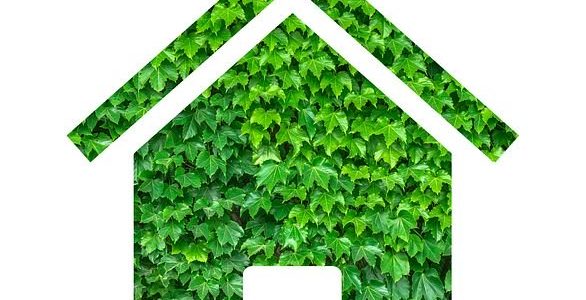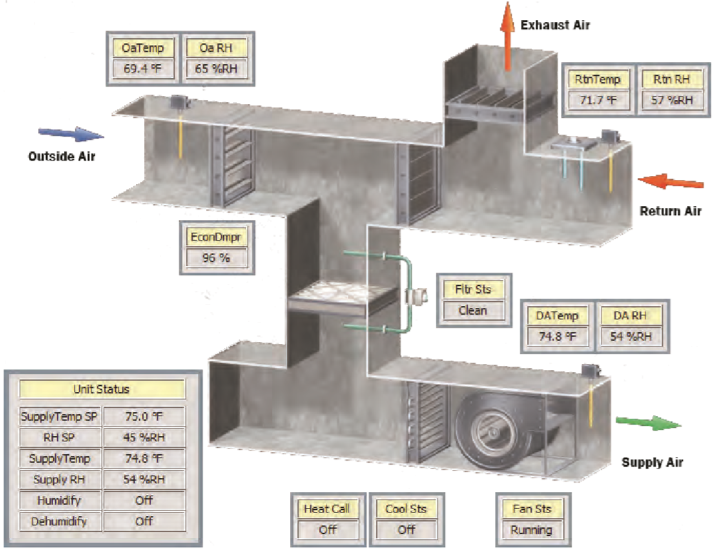
Human reliance on fossil fuel energy continues to steadily grow. The impacts of this are found in nearly every aspect of our existence, from transportation to construction and even food production. A large portion of our energy use and waste streams can be traced back to buildings and businesses. In the United States alone buildings account for over 72% of total energy consumption every year, contribute 40% of the US’s total carbon emissions, 13% of daily water use, and are built on 2.3 billion acres of land. Additionally, businesses utilize buildings, but also incorporate an entire product supply chain. This includes transportation, production of a product, employee travel, and even employee food consumption. Between 1965 and 2017 the top 20 carbon producing businesses in the world contributed over 35% of total global emissions of carbon dioxide. These are issues that need to be targeted to reduce environmental impacts caused by humans.

One organization that works to promote sustainability in buildings is the U.S. Green Building Council. They have a program called Leadership in Energy and Environmental Design (LEED) that promotes sustainable building design and provides certifications for buildings that meet their sustainability standards. LEED is the largest building sustainability organization in the world with over 94,000 LEED certified projects found in over 165 countries worldwide. Buildings that are LEED certified contain a variety of sustainability measures aimed to “inspire project teams to seek innovative solutions that support public health and our environment.” LEED has its own certification rating system that provides four different certifications based on how many sustainable design features a building has. The levels of certification are: certified, silver, gold, and platinum. LEED certifications are denoted using a point system. Buildings can earn points for sustainability features in a few different categories, like location, water efficiency, energy & atmosphere, and indoor environmental quality. Once a building is LEED certified it can be displayed using a certification logo wherever the owners decide. Logos are typically promoted on company websites and on the physical building because LEED buildings often attract more tenants and boost employee productivity and retention. LEED certified buildings and projects can be searched on the US Green Building Council website.

LEED helps to reduce building environmental and human health impacts. A case study done by U.S. Environmental Protection Agency (EPA) on its renovated LEED Platinum Certified office in Seattle found that the office had significantly reduced environmental impacts compared to before its renovation. The building implemented a new HVAC cooling system that utilized Seattle’s cool climate to reduce cooling that the system has to produce on its own. This change created a 47% reduction in energy for the HVAC system, netting a 915,782 kWh energy savings per year. Low flow water fixtures reduced water usage by 22%. A redesigned open office plan optimized for natural lighting reduced energy requirements for lighting by 25%. New office furniture purchased by the EPA were made of 50% recycled material and no volatile organic compounds were produced during their production. This is just one case of what a well-designed LEED certified building can accomplish and represents a standard that many other buildings are working to achieve.

Beyond buildings businesses play an important role in slowing climate change. There are a variety of organizations that help companies reduce their carbon footprint and multiple certifications for businesses that are carbon neutral. One of the largest and most well established certifications for carbon neutral businesses is certified CarbonNeutral. It is a certification framework created by Natural Capital Partners in 2002 to push businesses to reduce their carbon emissions. Since its creation Natural Capital Partners has worked with over 300 companies in 33 countries on environmental programs and there are over 10 businesses valued at $100+ million currently certified as CarbonNeutral. The CarbonNeutral framework includes requirements for receiving CarbonNeutral Certification and guidelines on how to reach it. Businesses that are certified as CarbonNeutral have successfully reduced or offset their CO2 emissions to reach an overall net production of zero CO2. This is done through things like reducing travel, changing to energy efficient electronics, using renewable energy sources, and planting green spaces. Companies that have received a CarbonNeutral Certification are provided access to a CarbonNeutral logo to place on products and use in marketing.

Small businesses are key in making sustainable changes and setting good examples within local communities. Two local business that have achieved carbon neutral status are the Cliff House Restaurant in San Francisco and Le Botaniste in New York. Both are carbon neutral and continue to improve their sustainability by doing things like sourcing local and organic produce, using compostable cutlery, and educating patrons. As community members it is our job to support businesses that take the initiative to increase their sustainable practices.
Sustainable businesses set an example that other businesses need to follow. Whether it is through receiving LEED Certifications, CarbonNeutral status, or through other means it is an important step for creating a sustainable future for our planet. Businesses are positioned to make some of the largest and fastest changes to protect Planet Earth.



